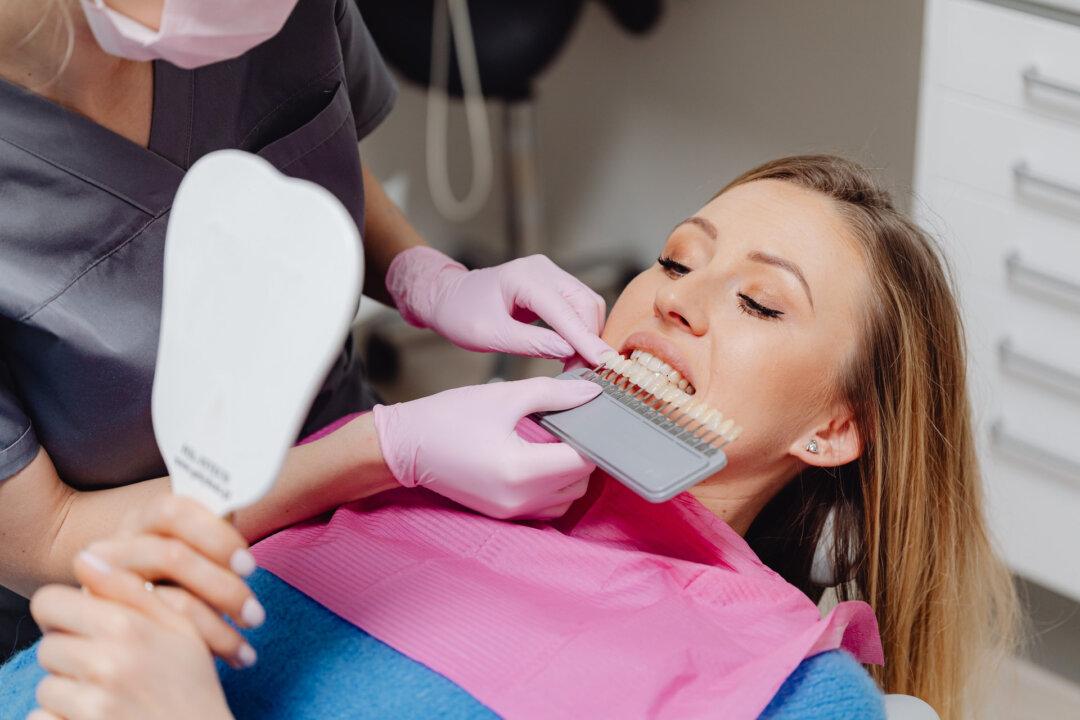My front tooth is broken, discolored, looks different than the tooth beside it—it just doesn’t look nice.
It looks like you need a crown or a veneer.

My front tooth is broken, discolored, looks different than the tooth beside it—it just doesn’t look nice.
It looks like you need a crown or a veneer.